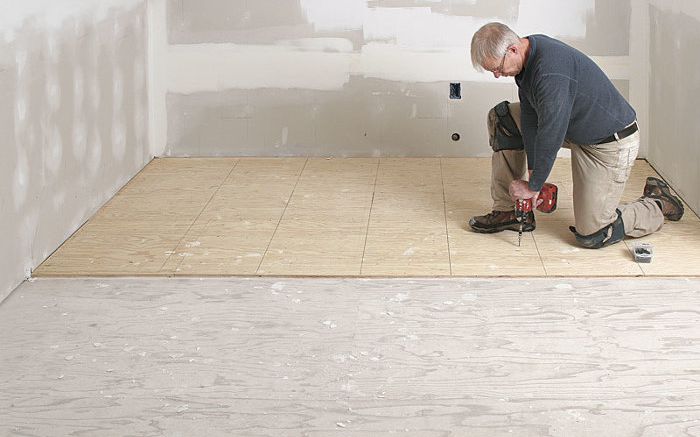
Sustainable Interior Design: Creating Eco-Friendly Spaces for a Greener Tomorrow
The concept of sustainable interior design has gained significant traction in recent years, as individuals and businesses increasingly prioritize environmentally friendly practices. From choosing eco-conscious materials to implementing energy-efficient solutions, sustainable interior design is shaping the way we approach our living and working spaces.
Embracing Eco-Conscious Materials
In the realm of sustainable interior design, the choice of materials plays a pivotal role. Opting for recycled, reclaimed, or rapidly renewable materials helps minimize the environmental impact of construction and decoration. Bamboo, cork, and reclaimed wood are excellent choices, providing a unique aesthetic while promoting sustainability.
Energy-Efficient Lighting Solutions
Substantial energy savings can be achieved through the strategic use of lighting in interior spaces. LED lights, for instance, consume significantly less energy than traditional incandescent bulbs and have a longer lifespan. Integrating natural light sources through well-placed windows and skylights not only reduces energy consumption but also enhances the overall well-being of occupants.
Sustainable Furniture Choices
When it comes to sustainable interior design, furniture selection is a crucial aspect. Opt for pieces made from recycled or FSC-certified wood, which ensures responsible forestry practices. Vintage and upcycled furniture also contribute to sustainability by giving new life to existing pieces and reducing the demand for new manufacturing.
Greenery and Biophilic Design
Integrating plants into interior spaces not only enhances aesthetics but also promotes a healthier indoor environment. Biophilic design, which incorporates elements of nature into the built environment, has shown to improve well-being and productivity. Consider incorporating potted plants, vertical gardens, or living walls to bring the outdoors inside.
Water-Conserving Fixtures
Sustainable interior design extends beyond materials and energy considerations; it also encompasses water usage. Installing water-conserving fixtures such as low-flow faucets and dual-flush toilets helps reduce water consumption without compromising functionality. These small changes can collectively make a significant impact on overall resource conservation.
Recycling Stations and Waste Management
Efficient waste management is a cornerstone of sustainable interior design. Implementing designated recycling stations encourages responsible waste disposal practices. Educate occupants on proper recycling procedures, and work towards minimizing overall waste generation within the space.
Smart Home Technology for Efficiency
Incorporating smart home technology can significantly enhance the energy efficiency of a space. From smart thermostats that optimize heating and cooling to automated lighting systems that respond to occupancy, these technologies contribute to creating a sustainable and comfortable living or working environment.
Sustainable Interior Design in Action
To witness the transformative power of sustainable interior design, look no further than the projects undertaken by IndiDesignHome. Their commitment to eco-friendly practices is evident in every aspect of their work, from material choices to energy-efficient solutions.
Conclusion
As the world recognizes the urgent need for sustainable living, interior design has a vital role to play. Sustainable interior design is not just a trend; it’s a responsible approach to creating spaces that harmonize with the environment. By embracing eco-conscious materials, energy-efficient solutions, and a holistic approach to design, we can contribute to a greener tomorrow—one interior space at a time.




